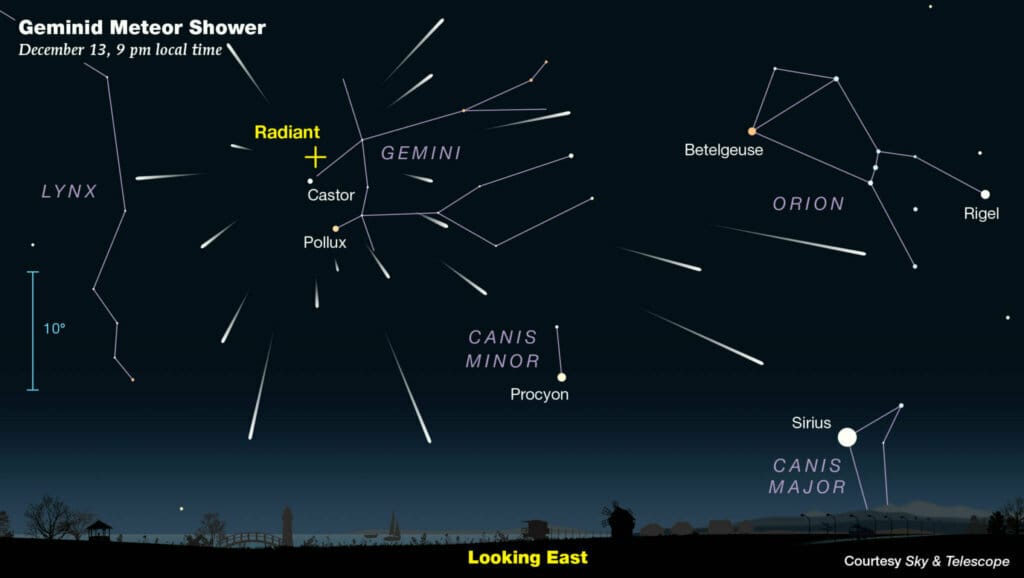New research has significantly advanced our understanding of early human migration in the Americas, suggesting that these populations arrived thousands of years earlier than previously thought. Findings indicate that humankind may have coexisted alongside prehistoric megafauna, including giant sloths and mastodons, during a period that reshapes historical narratives about the peopling of the continent.
For many years, the prevailing theory posited that humans entered the Americas via the Bering Land Bridge approximately 13,000 years ago. This migration was believed to have occurred during the Ice Age when a vast landmass connected Siberia to Alaska, allowing early humans to traverse into North America. However, archaeological evidence has increasingly challenged this timeline, the findings from a recent study stand out for their implications and methodologies.
The latest research consisted of careful excavations and analysis of ancient tools and animal remains at several sites across North and South America. These sites include locations in the southwestern United States and central Mexico, where carbon dating identified habitation as early as 20,000 years ago. This timeline aligns with the existence of giant sloths and mastodons, indicating that early humans lived not only in proximity to these megafauna but may also have interacted with them.
The relationship between humans and megafauna is intricate, marked by both competition and cooperation. As evidence suggests, early human populations likely adapted their subsistence strategies in response to the presence of large mammals. The study indicates that early hunters might have specialized in hunting mastodons and other large creatures, utilizing advanced stone tools that display features consistent with known hunting practices from this era. Such behaviors provide insight into the daily lives and survival strategies of these ancient peoples.
The research team employed a multidisciplinary approach, combining archaeology, paleoecology, and genetic studies, to piece together the evidence of early human activity. Radiocarbon dating, along with advanced dating techniques such as optically stimulated luminescence (OSL), reinforced their findings, allowing them to establish a robust timeline. The collaboration of various scientific disciplines highlights the complexity and dynamism involved in understanding the past.
In addition to providing a clearer picture of the timeline for human migration, this research also contributes significantly to our understanding of the extinction of many megafauna species. The arrival of humans during this period may have created new ecological pressures on large mammals already stressed by climate change and habitat loss. The interplay between human hunting practices and environmental shifts may have precipitated the decline of these iconic creatures, which vanished from the Americas by about 10,000 years ago.
The implications of these findings are substantial for the fields of archaeology and anthropology. They invite a reassessment of the migratory narratives that have shaped our understanding of human history in the Americas. As researchers continue to uncover new evidence, it is clear that the story of how humans populated this vast continent is far more complex and nuanced than previously believed.
Furthermore, these insights raise important questions about the cultural practices of these early inhabitants. The ways in which different groups adapted to their environments in the Americas signify a rich tapestry of human cultural evolution. Future research will likely uncover more details concerning the social structures, technological advancements, and ecological interactions of these populations.
The new evidence not only reshapes our historical understanding but emphasizes the need for ongoing exploration and research. Researchers are keen to continue examining additional sites that may hold further clues about the early inhabitants of the Americas. As archaeological methods advance, the potential for uncovering new artifacts and fossils increases, further illuminating the lives of those who walked the land thousands of years ago.
In conclusion, the evidence that humans arrived in the Americas much earlier and coexisted with megafauna such as giant sloths and mastodons presents a pivotal development in understanding human history in this region. Continuous interdisciplinary research enhances our grasp of the past and may help us understand the broader patterns of human movement and adaptation in response to environmental changes.



